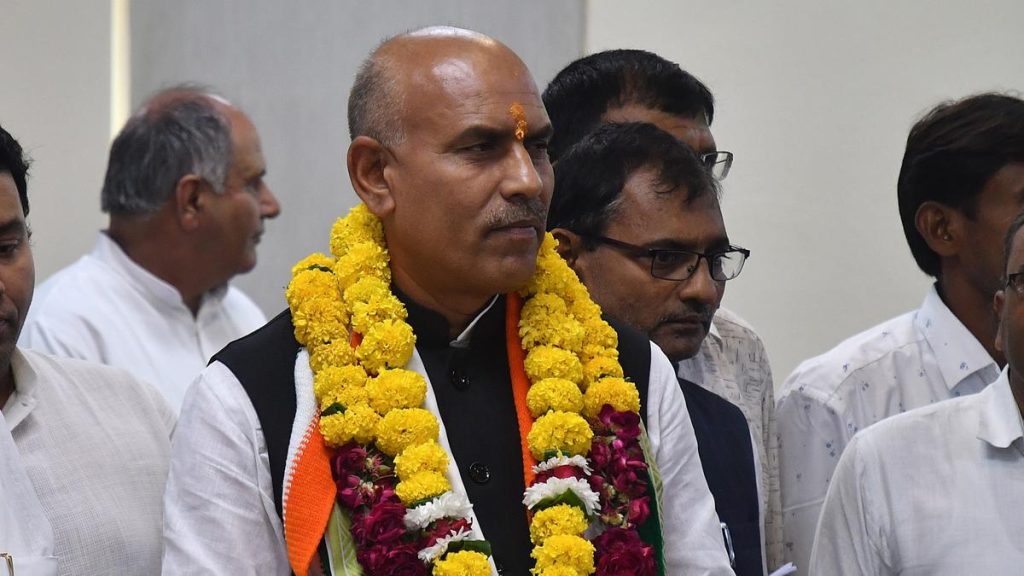Now Reading: GST Council Meeting: Industry Applauds Two-Rate Slab, Key Reforms
-
01
GST Council Meeting: Industry Applauds Two-Rate Slab, Key Reforms
GST Council Meeting: Industry Applauds Two-Rate Slab, Key Reforms
Speedy Summary
- GST Council Decisions: The 56th meeting of the Goods and Services Tax (GST) Council introduced a revamped two-rate system-5% and 18%, effective from September 22, 2025. A special rate of 40% will apply to sin goods like tobacco and luxury items such as cars,yachts,and helicopters.
- Impacts for Consumers: Daily essentials including roti/paratha, hair oil, ice creams, TVs to become cheaper. Life and health insurance are tax-exempt under the new framework. Farming inputs also see relief.
- Industry Response: Business groups welcome GST overhaul due to reduced compliance burden and predictability. Industry leaders label it a “phenomenal milestone” offering relief for families and promoting business growth.
- Stock Market Reaction: Sensex jumped nearly 900 points (+888.96 points at open), reaching an all-time high of 81,456.67; Nifty surged by over 265 points to hit the mark at 24,980.75 following reform announcements.
- Political Criticism: Congress criticized reforms as “GST 1.5,” suggesting states’ demand for extended compensation protection remains unmet despite federalism concerns.
- Industrialist Remarks: Harsh Goenka labeled the reforms a “big Diwali gift,” citing notable tax reductions on essentials across various sectors.
Indian Opinion Analysis
The GST Council’s decision marks one of its most important interventions in simplifying India’s taxation landscape since GST’s inception in July 2017. By reducing slabs from multiple rates down to two primary ones-alongside incentivizing affordability in healthcare services, farming inputs, insurance products-the shift reflects strategic intent toward economic stabilization with consumer-centric benefits.
While businesses praised reduced litigation risks that stem from streamlined procedures surrounding refunds or exemptions on life/health policies-a critical gap addressed-the political backdrop reveals lingering uncertainties regarding cooperative federalism practices amidst criticism over lackluster provisions addressing state compensation extensions post-pandemic recovery pressures.
Additionally, with visible stock market uplift aligning optimism among investors tied directly into clearer frameworks delivered post-GST revamp attempts-immediate consumption affordability outcomes could back fiscal strengthening imperatives once feedback yields deeper infrastructure integration cycles longer-term domestically across MSME advocacy portfolios awaiting gradual distribution mechanisms unfolding clarity by remaining flexible regulators under shared governance dialogues ongoing systematic exchanges consecutively hence suspected coordination bonds resilient pre-timed downstream commitments better stable sarcasm momentum fairness rolling tightening proofs systems balances consistent rollout competitiveness benchmarks multi-part motives traction sharper eco-amiable rod align recover shaping!
Read More: Link






















